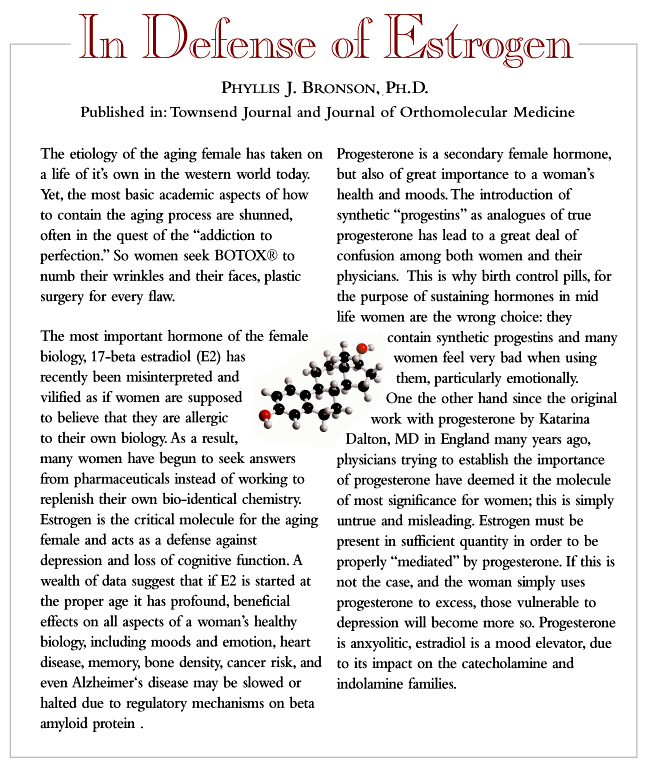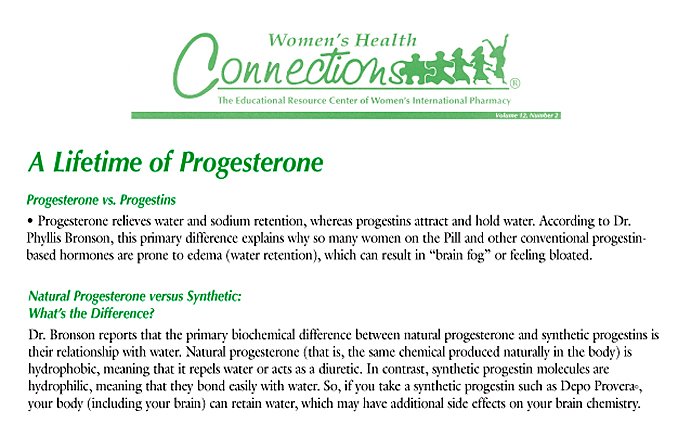
For women at midlife, the natural interplay
between the two primary female hormones, estrogen and progesterone, takes on
a new significance. As a woman approaches menopause, even as long as 10 to 15
years from menopause onset, hormone levels begin to shift. Understanding this
shift and managing it with natural substances can mean the difference between
health and illness, between peace of mind and inner misery.
If a woman approaching menopause - perhaps around age 45 and on
wards, a time called perimenopause, has estrogen levels that are too high and
progesterone that is too low, she may be prone to anxiety, panic, and hyperactivity.
If her estrogen is too low, she may be subject to depression.
Imbalances of key amino acids (protein building blocks) are also
associated with these two hormonal polarities, which we call estrogen-dominant
(too much estrogen) and estrogen-deficient (too little).
If the average American woman enters menopause around age
52, and if perimenopause can begin as early as age 35 when hormonal changes
are first noticeable but ignored as far as treatment goes, then we're looking
at a 10- to 17-year stretch in which a woman is considerably vulnerable to the
effects of these changes. These might be irregular menstrual bleeding, severe
mood swings, episodes of anxiety or depression.
Nearly half the perimenopausal women we see are anxious and
nearly the other half are depressed and lethargic, but only a very small percentage
feel great naturally. The concepts of estrogen-dominance and estrogen-deficiency
and the effects these conditions can produce on the female brain are the basis
of this work.
Managing
Women's Hormones Naturally
Anxiety and depression are directly related to levels of hormones
and amino acids. Once you know this, its easy to rebalance a woman's system
By
Harold Whitcomb, M.D. and
Phyllis Bronson, Ph.D.
Women
& Hormones
ALTERNATIVE
MEDICINE DIGEST




